

CarExpert.com.au
Model range deep-dive: Mahindra's SUV family
4 Days Ago
If you're after a spiritual successor to the ForTwo then look elsewhere, but the Smart #3 is a great car in its own right.



Quickly see how this car stacks up against its competition. Select any benchmark to see more details.
Where expert car reviews meet expert car buying – CarExpert gives you trusted advice, personalised service and real savings on your next new car.
Smart has relaunched in Australia after a nine-year absence, and in some ways its return is like reconnecting with a reformed ex-partner.

Kindled over 20 years ago the romance was fun while it lasted, filled with passion and youthful exuberance. They just didn’t quite have the maturity to make things last.
You moved on, and it all seemed like a distant memory. But now, out of nowhere, your former flame shows up at your doorstep and swears they’ve changed. Gone are the wild hairstyles and drunk texts, replaced by smart casual dress codes and yoga retreats. That’s Smart.
Emerging in the early 2000s as a company built around cars that were equally tiny and trendy, Smart enjoyed brief success before wrapping up Australian sales in 2015 due to a lack of demand.
Since then the carmaker has experienced a rebirth. In 2019, Mercedes-Benz sold half of its stake in Smart to Chinese automotive giant Geely, and the partnership has been fruitful thus far.
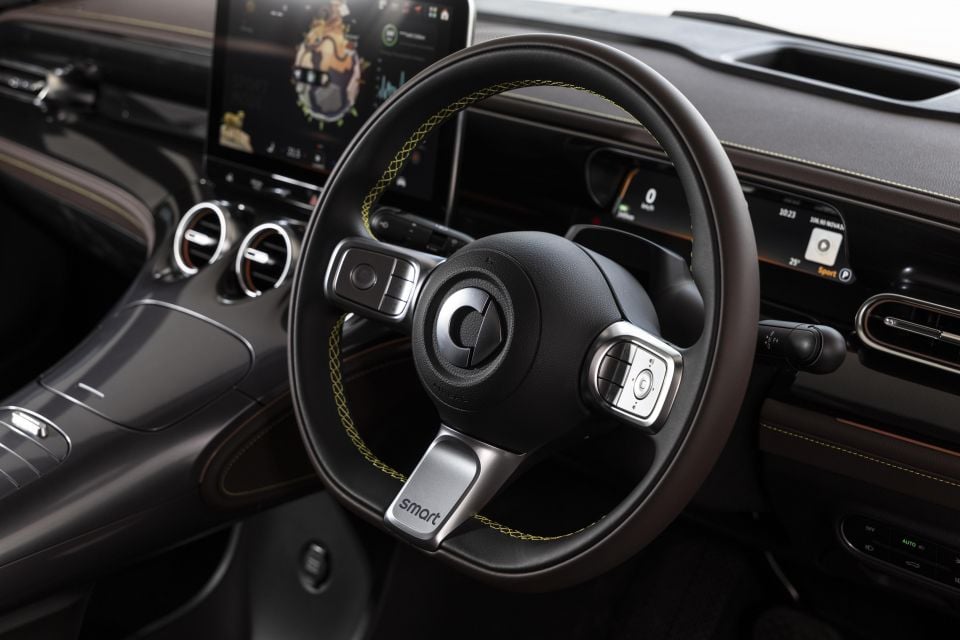
Smart is churning out now models, and the #3 is its current poster car. Based on the same Geely electric vehicle platform as the Volvo EX30, the #3 is a ‘coupe SUV’ with handsome Mercedes-Benz styling, a grown up interior, bundles of power, and a competitive price tag.
LSH Auto will distribute the #3 in Australia from showrooms in Brisbane, Sydney, and Melbourne. But does it have what it takes to succeed in a growing EV market?
The Smart #3 is offered in three different trim grades – Pro+, Premium and Brabus. Across the board, the #3 is $3000 more expensive than its #1 sibling.

| Model | Price before on-roads |
|---|---|
| 2025 Smart #3 Pro+ | $57,900 |
| 2025 Smart #3 Premium | $61,900 |
| 2025 Smart #3 Brabus | $70,900 |
To see how the Smart #3 lines up against the competition, check out our comparison tool.
Regardless of trim level, the interior of the Smart #3 has a lot to offer.
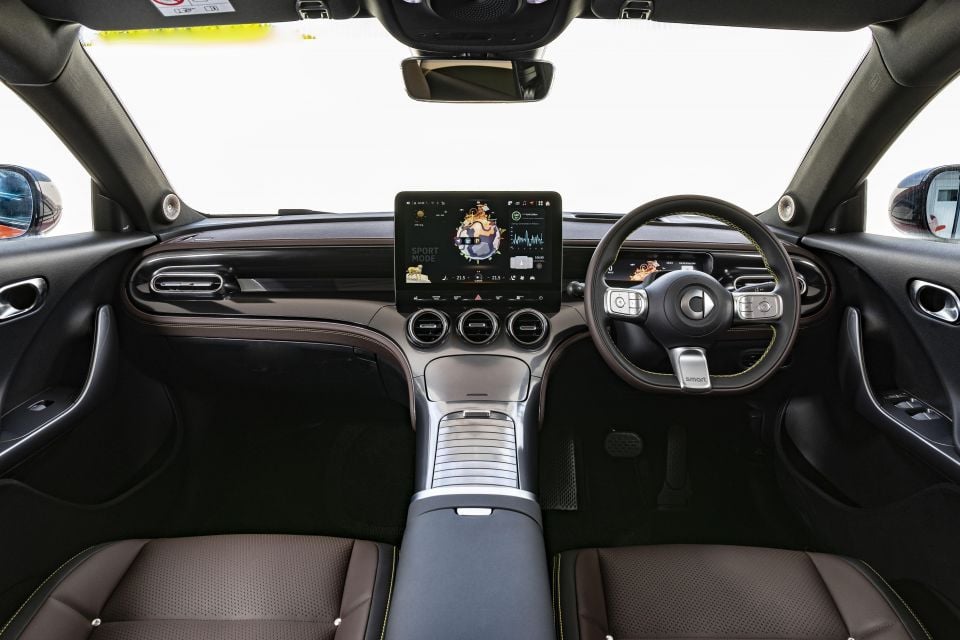
There’s heaps of space in the cabin relative to the size of the car, and a thoughtful selection of materials across the lineup.
The base car comes with cloth upholstery, which turns into leather in the Premium. Spend up for the Brabus and you get leather and suede sport seats with the Brabus badge embossed in the headrest.
All are comfortable, and the front seats are heated and electrically adjustable with lumbar across the range. You’d expect that kind of kit in the $70,000 Brabus, but it’s a point of difference for the Pro+ when compared to rivals.
I can’t knock the creativity of the Smart designers here, as there’s a variety of interior colour schemes, from brown and blue in the Premium to black and red in the Brabus. The top car takes full advantage of the Brabus name, with badges plastered everywhere, inside and out.
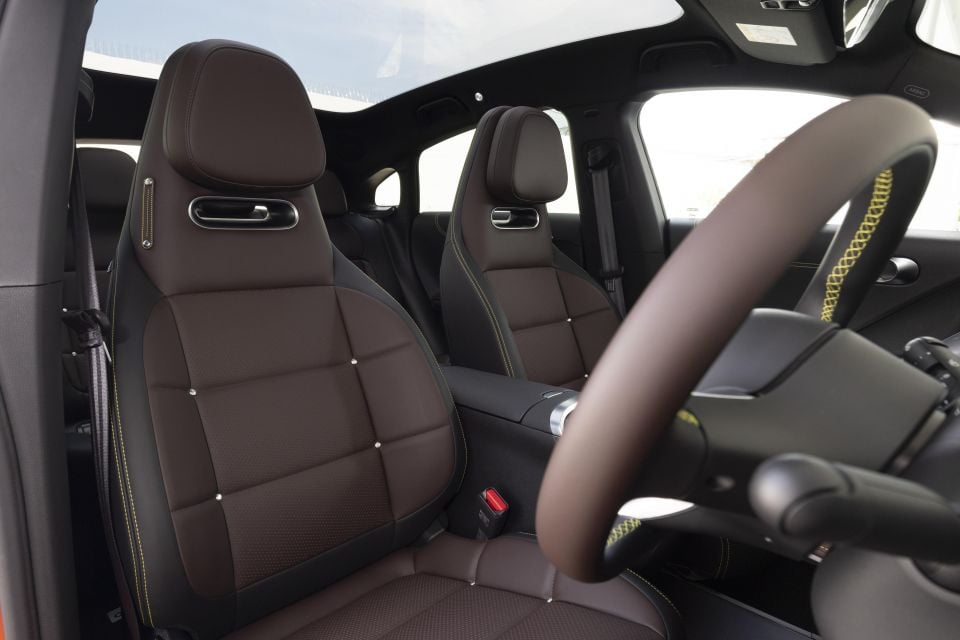
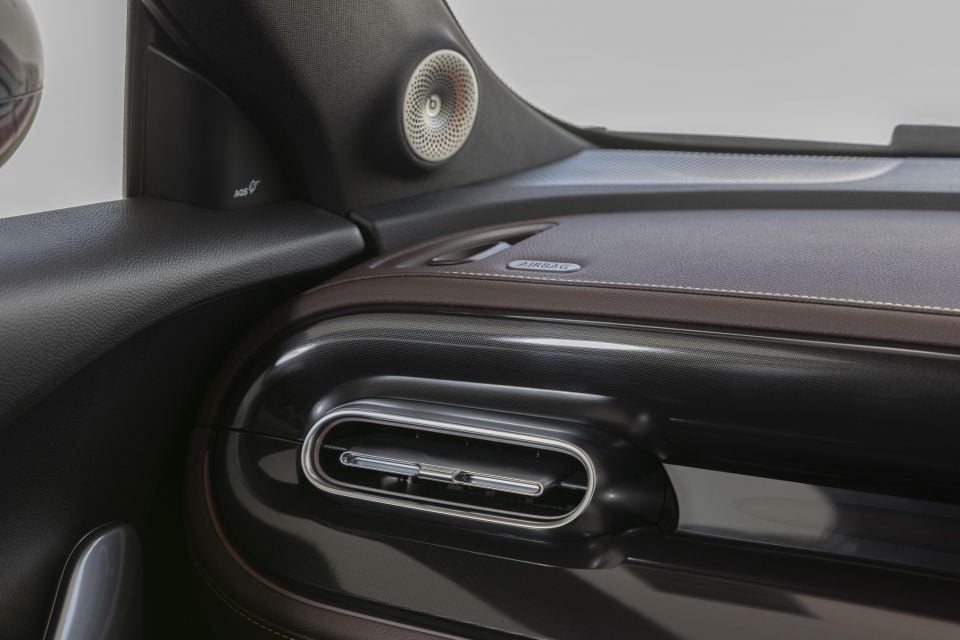
While it’s hard to fault the aesthetics, the quality of the materials used is hit and miss.
The firm leather steering wheel is neither here nor there, but the doors show off a bit too much plastic. Further, the metal effect featured on the dash, central tunnel and door cards of one of the variants looks a little cheap.
However, the main touch points are padded and trimmed in premium materials, and elements such as the air vents and speakers are elegantly integrated into the design of the cabin.
The integration of technology, on the other hand, needs more work.
All versions of the Smart #3 come with a 12.8-inch infotainment touchscreen and a 9.2-inch digital instrument cluster, while the Premium adds a 10.25-inch head-up display.
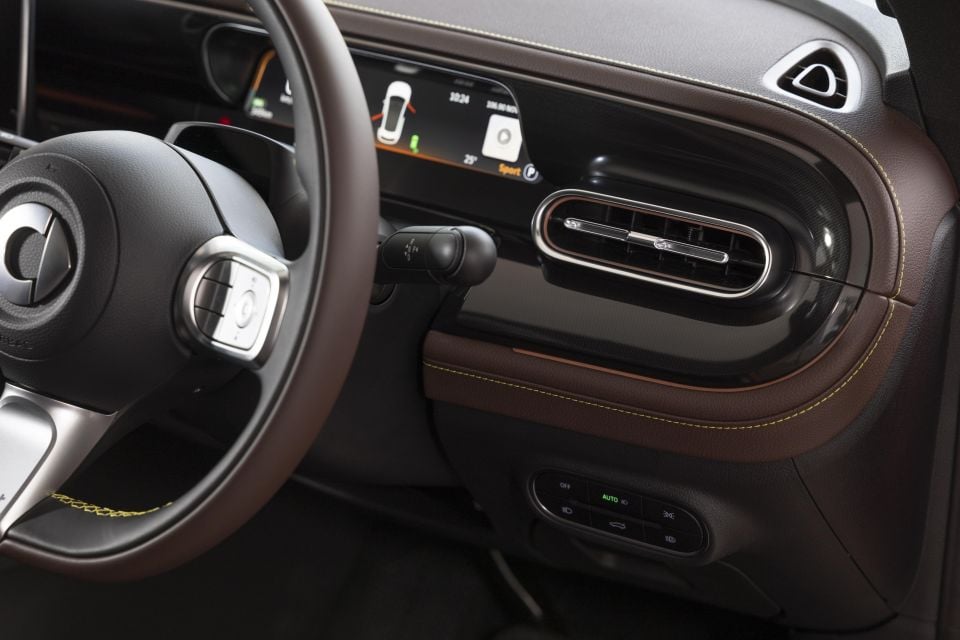
The instrument cluster is slim, displaying only critical information. It’s essentially an overview of what’s going on in the car – refreshingly minimalist.
The infotainment screen undoes much of that good work, as it’s a major source of distraction.
Smart has taken a button-free approach to the centre stack of the #3, opting to incorporate all controls into either the screen or haptics below it.
It results in a clean look but some impracticalities. For example, the side mirrors can only be adjusted through the infotainment menus unless you program it to correspond to a single, configurable button on the steering wheel. Climate controls are buried in the screen too.
Beyond that, it’s just generally tiresome scouring menus to complete a simple task. Voice control would come in handy in these situations, but it wasn’t functional in our test cars. The same can be said of Smart’s AI Cheetah avatar, which refused to engage with me or provide assistance.

Hopefully these kinks will be ironed out by the time cars reach customers. On the topic of programming quirks, the satellite navigation systems in the test cars were stuck in China, as was the weather app.
On a positive note, the touchscreen itself was responsive to inputs, and the graphics are top notch. Furthermore, the basic smartphone layout is easy to navigate, and customisation is in ample supply.
For example, the Smart #3 offers a seemingly endless number of ambient lighting combinations.
If the native infotainment system proves too overwhelming, wireless smartphone mirroring is standard across the range. Options for device charging are plentiful, with a wireless charger and dual USB-C outlets located in the floating centre stack. You’ll find a 12V outlet hidden underneath.
Smart brags about the storage capacity of its new models and it’s tough to argue. The #3 has spacious front door bins, a large tray under the floating centre tunnel, a deep armrest bin with cooling, and various other cubby holes.
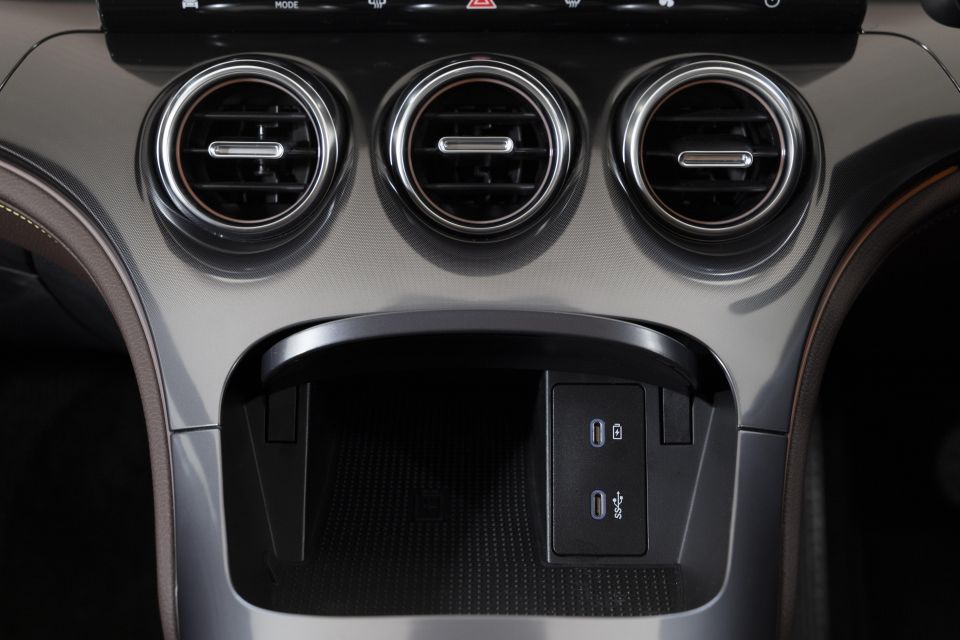
The sexy, sloping roofline doesn’t detract from second row space, either.
Smart’s design team requested an extended wheelbase over the #1 to aid ingress/egress and preserve rear passenger comfort and the engineering team obliged, resulting in a space that’s equally comfortable.
The seats lack the toys of those up front, but they’re still plush. There’s heaps of legroom too, although anyone pushing six-four may struggle for headroom.
With that said, the combination of a panoramic sunroof and light-coloured headliner (in some examples) gives the second row an airy feel.
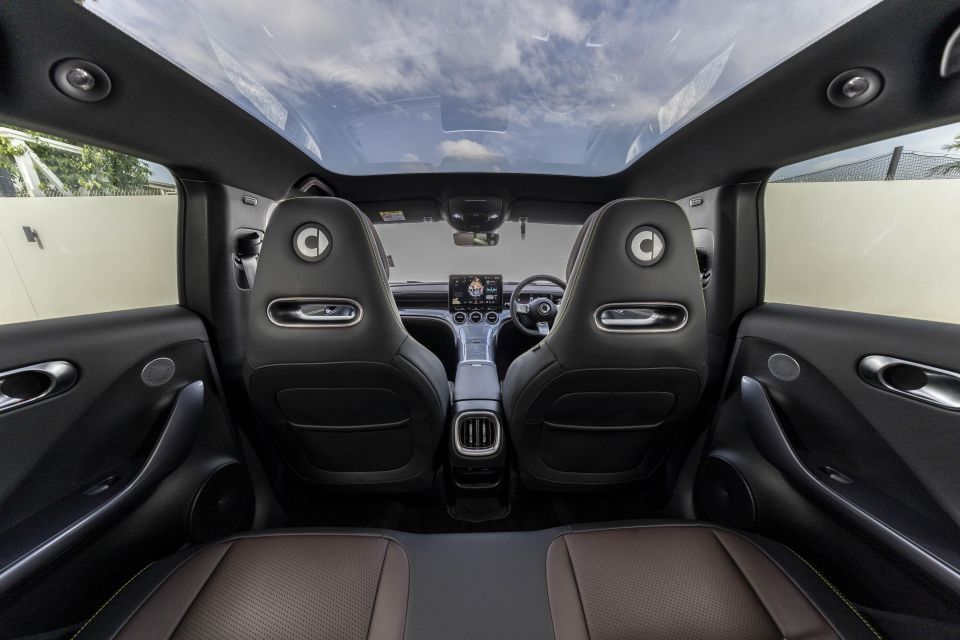
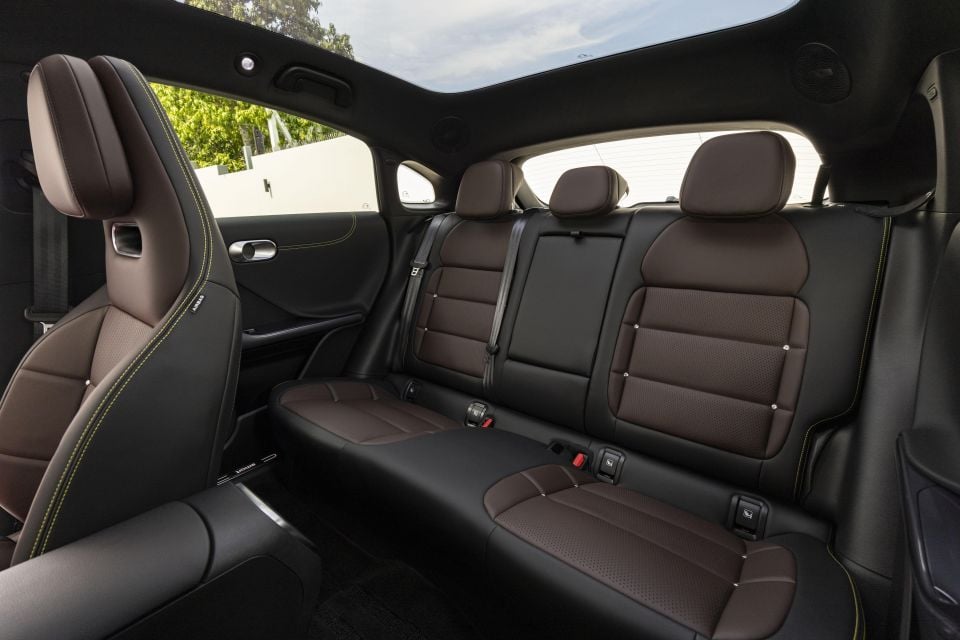
Second row amenities include a pair of USB outlets (USB-A and USB-C), a centre armrest with fixed cupholders, wide door bins, and map pockets. The Smart #3 is just about fit for anything a small family could throw at it, at least until you get to the boot.
Claimed boot capacity for the Smart #3 is 370 litres, expanding to 1160L with the rear seats folded flat. It’s a competitive number, but the space appears shallow to the eye.
All variants score a powered tailgate, but there’s a high load lip over which to lift items into the boot. Folding the rear seats (60/40 split) creates a sloping bench for extra storage.
Adequate lighting, side nets, and underfloor storage all provide some extra practicality.
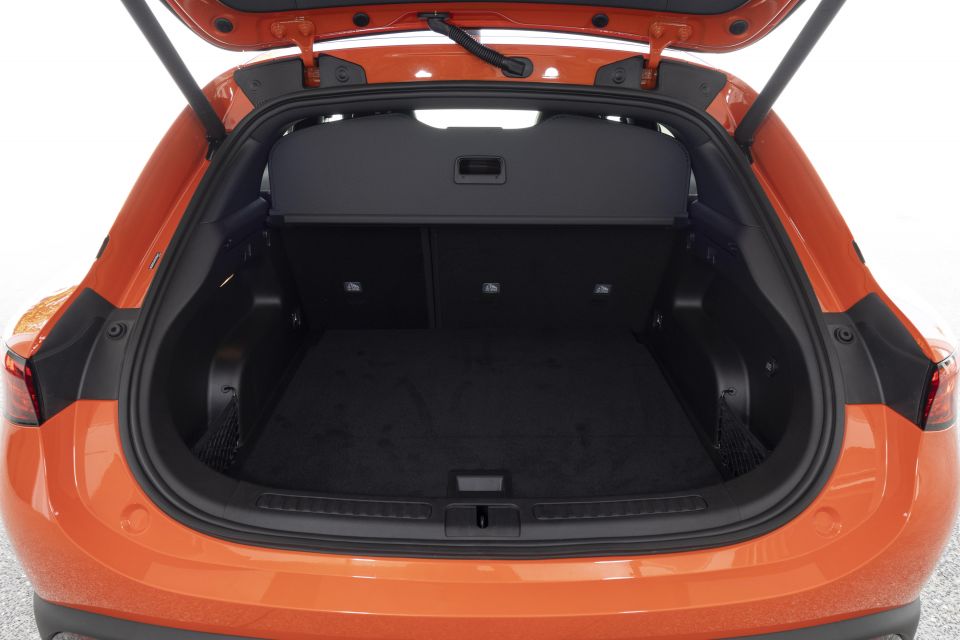
| Dimensions | Smart #3 |
|---|---|
| Length | 4400mm |
| Width | 1844mm |
| Height | 1556mm |
| Wheelbase | 2785mm |
| Cargo capacity | 370 litres (5 seats) 1160 litres (2 seats) |
To see how the Smart #3 lines up against the competition, check out our comparison tool.
Smart has relaunched as an all-electric brand, so don’t go looking for a petrol engine here.

It offers the choice of two electric powertrains across the #1 and #3 – Pro+ and Premium examples are equipped with a single-motor setup, while the flagship Brabus ups the ante with by adding a second electric motor.
| Specifications | Smart #3 Pro+ | Smart #3 Premium | Smart #3 Brabus |
|---|---|---|---|
| Drivetrain | Single-motor electric | Single-motor electric | Dual-motor electric |
| Battery | 66kWh lithium nickel cobalt manganese | 66kWh lithium nickel cobalt manganese | 66kWh lithium nickel cobalt manganese |
| Power | 200kW | 200kW | 315kW |
| Torque | 343Nm | 343Nm | 543Nm |
| Driven wheels | Rear-wheel drive | Rear-wheel drive | All-wheel drive |
| Weight | 1780kg | 1820kg | 1910kg |
| 0-100km/h (claimed) | 5.8s | 5.8s | 3.7s |
| Power consumption (claimed) | 16.8kWh/100km | 16.3kWh/100km | 17.6kWh/100km |
| Claimed range | 435km | 455km | 415km |
| Max AC charge rate | 7.4kW | 22kW | 22kW |
| Max DC charge rate | 150kW | 150kW | 150kW |
To see how the Smart #3 lines up against the competition, check out our comparison tool.
Don’t fall for the sleek styling and marketing spin. The Smart #3 isn’t a performance car, especially in base trim. It doesn’t need to be.
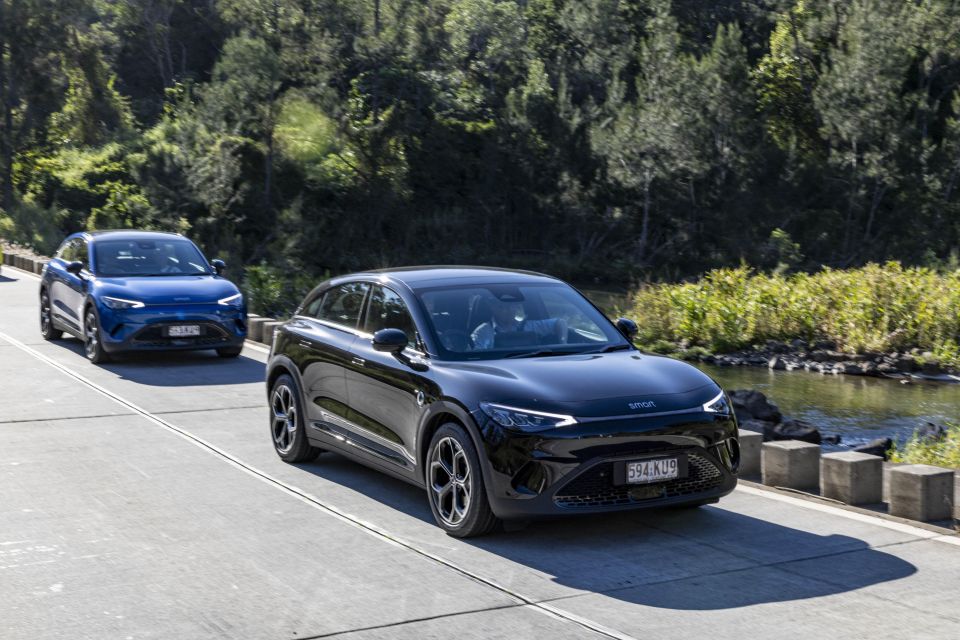
Single motor models produce 200kW and 343Nm, which is plenty to get moving from a set of traffic lights, and enough to offer rewarding rolling acceleration.
Step up to the Brabus and outputs jump to 315kW/543Nm, enabling a bonkers 0-100km/h sprint time of 3.7 seconds. Behind the wheel, it feels every bit that quick. But as is the case with most EVs, that doesn’t make it a sports car.
Smart has only made minor suspension tweaks to the #3 Brabus without strengthening its performance credentials elsewhere.
As a result, the #3 is no corner carver. With the addition of all-wheel drive, the Brabus can negotiate bends at speed while remaining flat and planted. It’s just not massively rewarding to drive in that way.
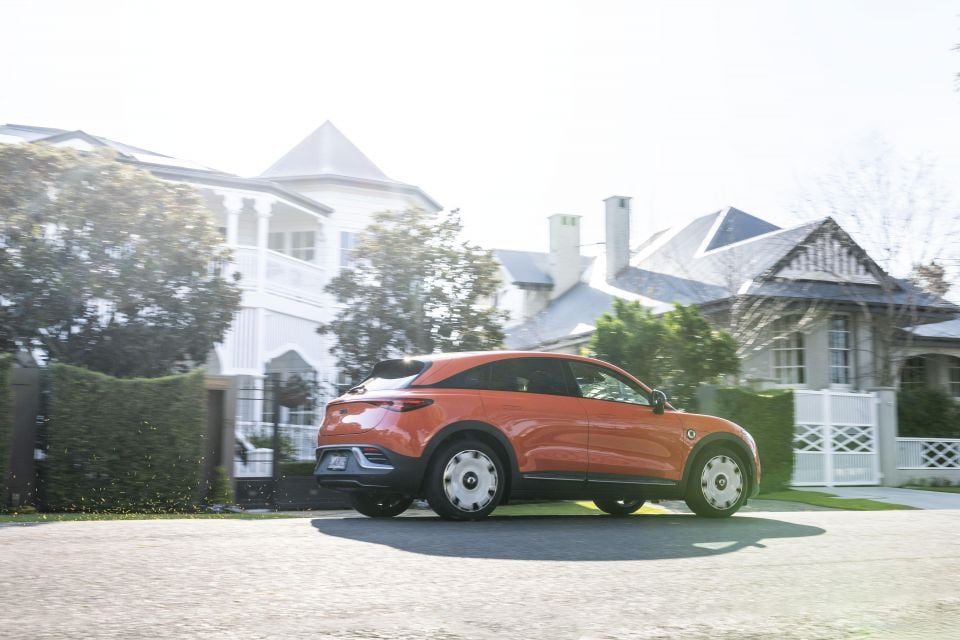
Where expert car reviews meet expert car buying – CarExpert gives you trusted advice, personalised service and real savings on your next new car.
Rather, the #3 succeeds at blending attractive styling with a smooth, comfortable electric experience, while boasting the straight-line speed to make some supercars look silly.
When driven sensibly the #3 is a honey, benefiting from the know-how of both Mercedes-Benz and Geely.
Both powertrains are whisper quiet, unless you indulge in Smart’s selection of synthetic sounds. I wouldn’t recommend it, as the choices range from an angry swarm of bees to spaceship simulations.
With the sounds disabled the peaceful cabin of the #3 can be enjoyed to its fullest, provided by excellent sound deadening that minimises any road- and wind noise.
Noise levels? Tick. How about comfort?
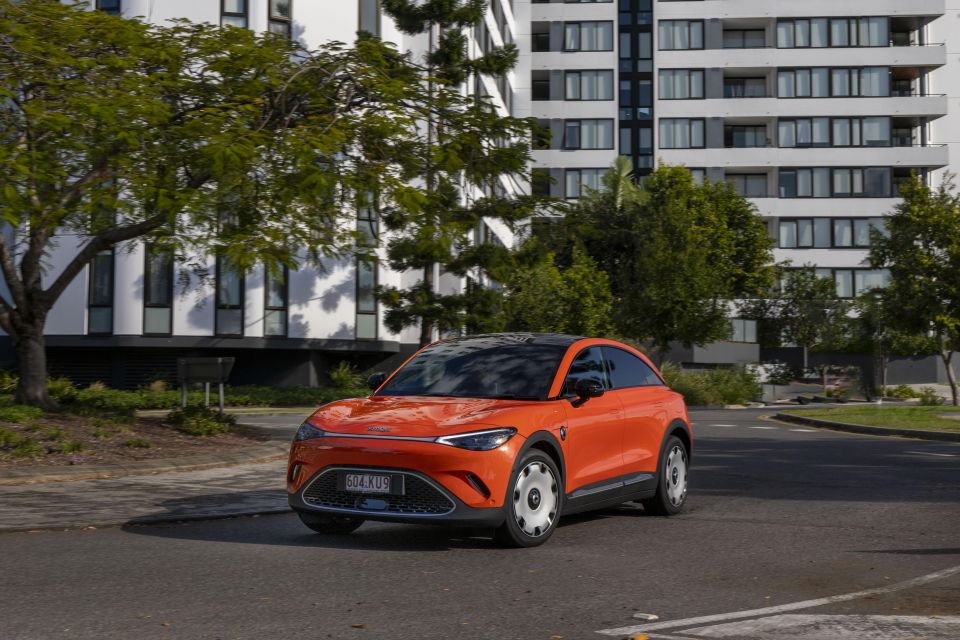
The Smart #3 rides on a suspension setup that irons out even the worst bumps on Australian roads. Our drive program included urban, highway, and rural roads, all of which the cars took in their stride.
Compared to the #1 the #3 is noticeably tauter, sitting lower to the ground with less suspension travel, but it was never uncomfortable.
While not standout, the steering is light and direct, and the car is compact enough to feel manoeuvrable.
On the highway the #3 is a refined cruiser – quiet, smooth, and easy to drive.
All variants have adaptive cruise with stop/go as well as highway assist, so once you set a speed it’s easy to let the car do most of the work. Smart’s pilot system provides smooth steering inputs, unlike some other cars that yank the wheel around in your hands.

Every Smart #3 has eco, normal, comfort, and sport modes. The difference between them was negligible from behind the wheel, which means none of its strengths are compromised by the different settings.
A fifth mode – Brabus – gives the flagship model a bit of extra kick, tweaking the powertrain for performance and adding sensitivity to the throttle pedal.
Brake regeneration can also be adjusted. In low, the #3 coasts in a relaxing manner. Smart claims the #3 offers single-pedal driving, but we found that the e-Pedal mode fell just short of that claim.
My bet would be most Australian Smart buyers use their car for city duties, and that’s where the #3 makes most sense.

Electric cars are most efficient in low speed, stop-start driving conditions, and I managed to beat Smart’s 16.3-17.6kWh/100km claim without keeping frugality front of mind. For the record, I returned 15.1kWh/100km in the single motor Smart #3.
Driver assist technologies such as traffic sign recognition are relatively effective, and any warnings are delivered in a palatable way.
While rear visibility isn’t outstanding, all #3 models are equipped with a surround-view camera, as well as several more focused exterior cameras.
Parking a car of this size was never likely to be an issue, but the suite of assists make it an easy task. I found the kerb-view camera especially useful when hugging the edge of tight suburban streets.
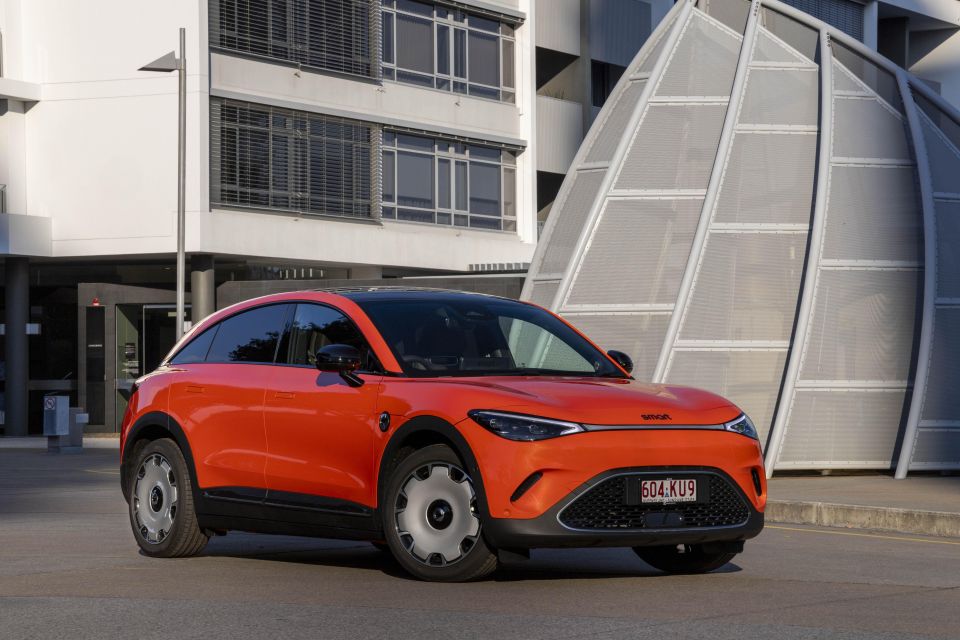
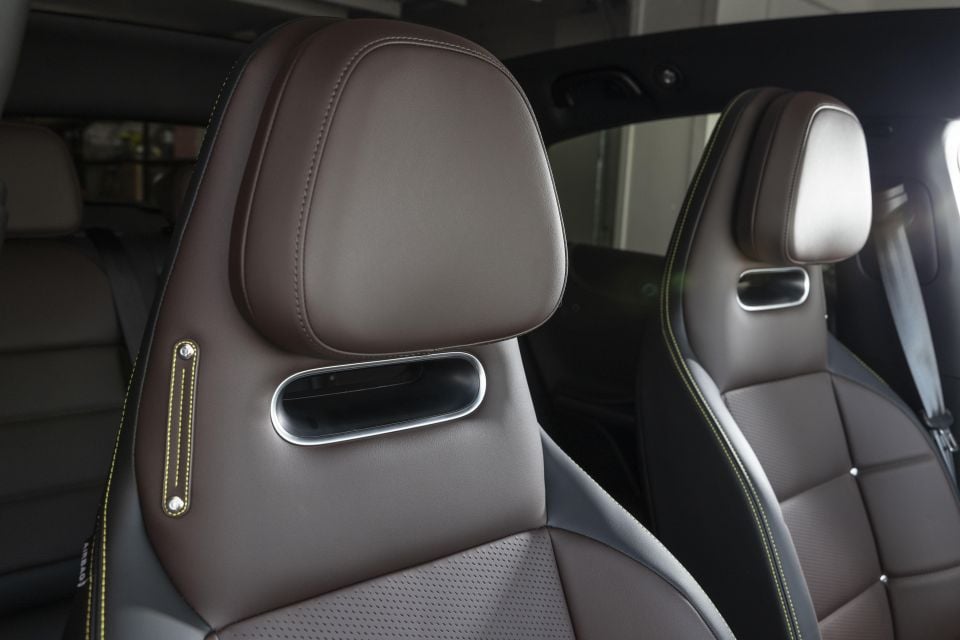
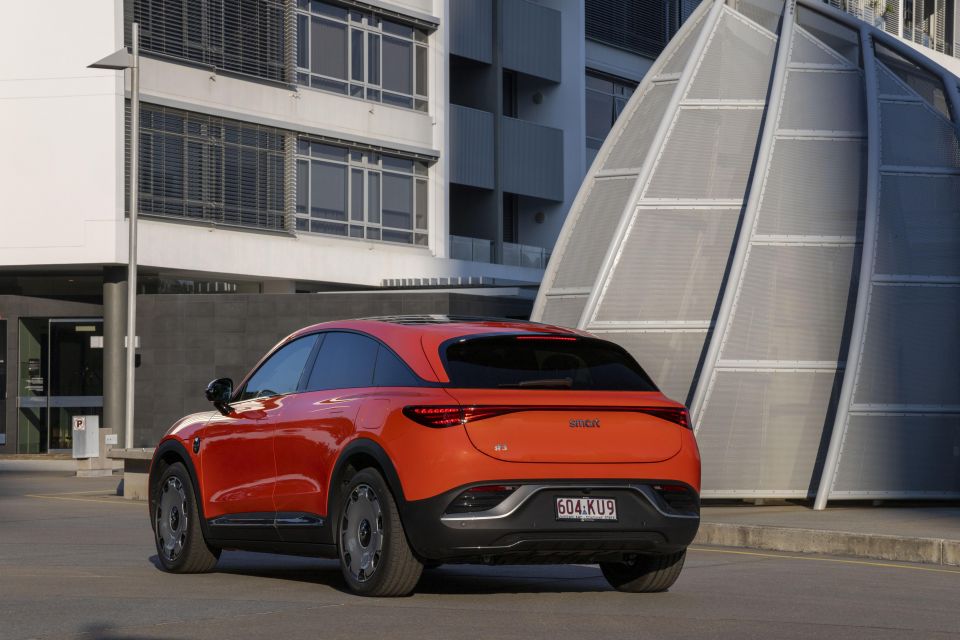

Smart #3 Pro+ highlights:
Smart #3 Premium adds:
Smart #3 Brabus adds:
The Smart #3 has not yet been safety tested by ANCAP, although it received a five-star rating from Euro NCAP last year.

Euro NCAP awarded a 90 per cent score for adult occupant protection, 86 per cent for child occupant protection, 84 per cent for vulnerable road users, and 85 per cent for safety assist.
Standard safety features include:
The Smart #3 is backed by a five-year, 150,000km warranty.
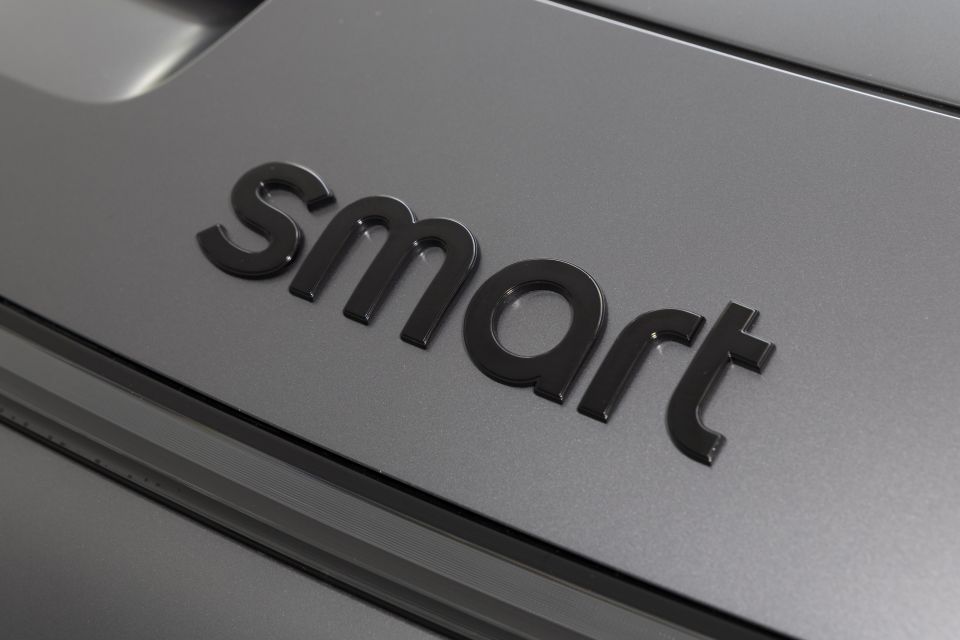
LSH Auto is offering service packs spanning three or four years, with pricing varying depending on the model.
There is also an option to incorporate service packages into finance deals, to protect against any price rises.
| Running costs | Smart #3 |
|---|---|
| Warranty | 5 years, 150,000km |
| Roadside assistance | 5 years |
| Service intervals | 12 months or 20,000 kilometres |
| Capped-price servicing | 4 years, 80,000km |
| Total capped-price service cost | $2445 (Pro+) $2495 (Premium) $3120 (Brabus) |
Smart has grown up. A lot.
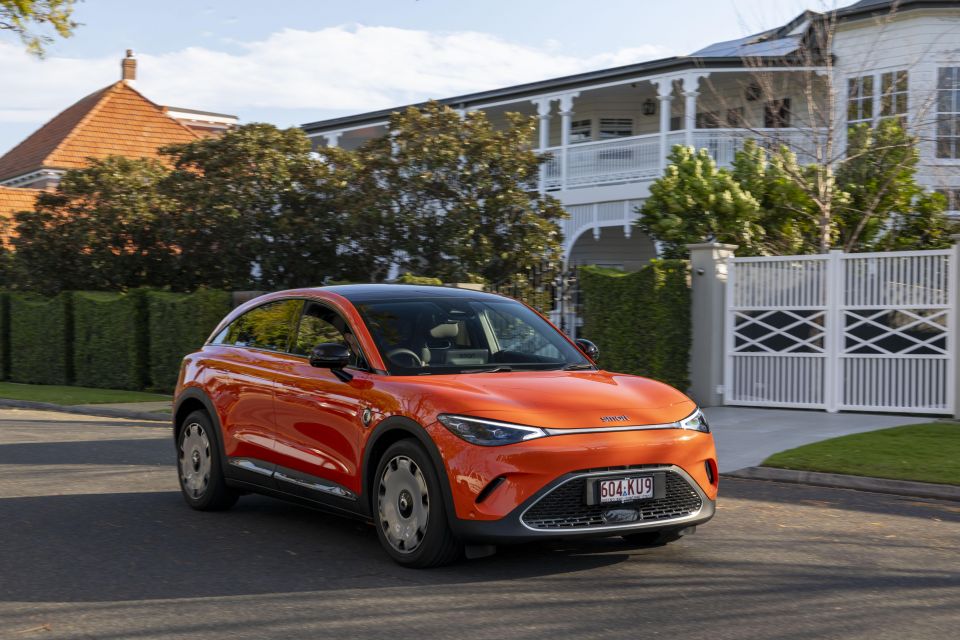
The cars have been made bigger and better, with inflated prices to match. As such, the brand is angling for premium status.
The Smart #3 is up for the challenge. It’s stylish, comfortable, pleasant to drive, and relatively practical.
It feels very German to the touch, with a dash of silliness for brand loyalists and the TikTok generation alike.
Those strengths outweigh teething issues such as a haphazard infotainment system, and more permanent weaknesses, like the dynamic limitations of the #3 chassis and high ownership costs.
Brabus aside, it’s cheaper than the Volvo EX30, and similarly priced to the Cupra Born.
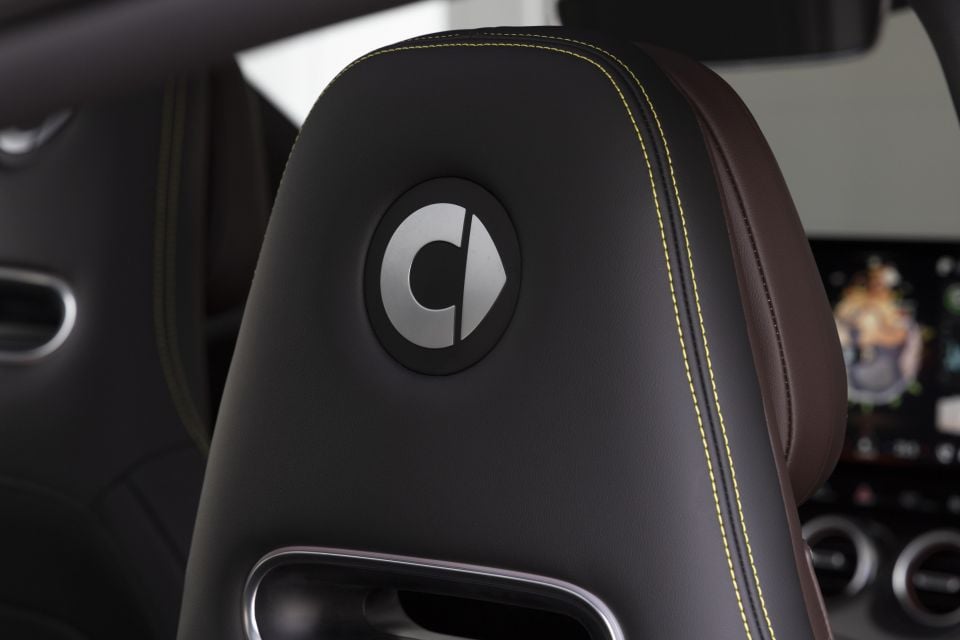
If you’re after straight-line performance and exclusivity, at sub-$80,000 the Brabus has few rivals.
However, just like any rocky relationship, the sticking point here is trust.
There’s not much recent history to draw on with the Smart brand, and certainly none locally. Furthermore, Smart itself won’t have a presence Down Under, outsourcing its operations to LSH Auto.
The cars may be great, but whether the ownership experience reflects that remains to be seen. Potential Smart buyers residing outside the eastern seaboard will undoubtedly face roadblocks, given their limited access to support.
If you’re willing to take the plunge, the Smart #3 may just be a romance that’s worth rekindling after all.
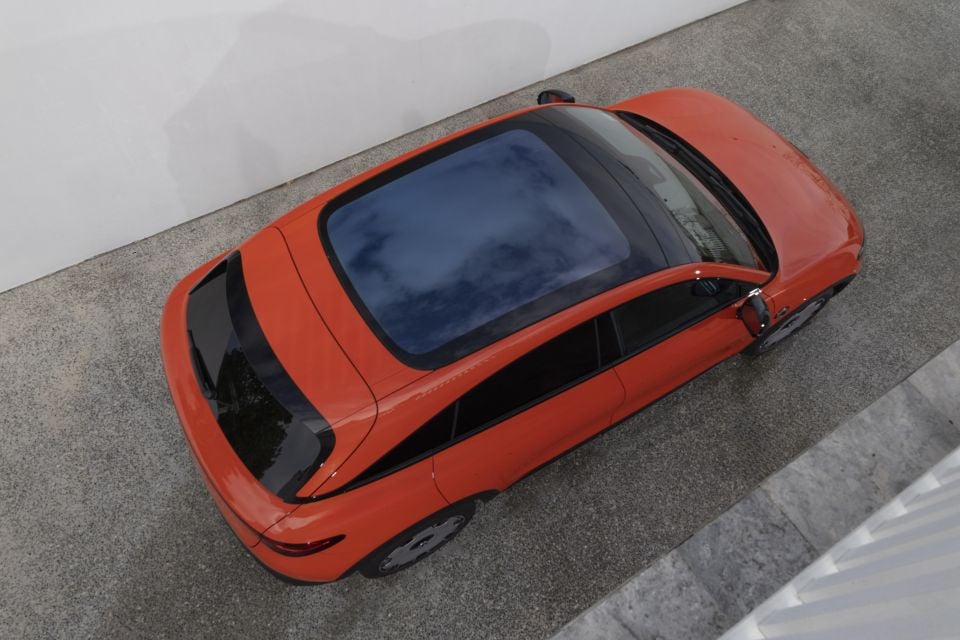
Click the images for the full gallery
MORE: Buy a Smart #3 MORE: Everything Smart #3
Where expert car reviews meet expert car buying – CarExpert gives you trusted advice, personalised service and real savings on your next new car.
Josh Nevett is an automotive journalist based in Melbourne, Australia. Josh studied journalism at The University of Melbourne and has a passion for performance cars, especially those of the 2000s. Away from the office you will either find him on the cricket field or at the MCG cheering on his beloved Melbourne Demons.


CarExpert.com.au
4 Days Ago
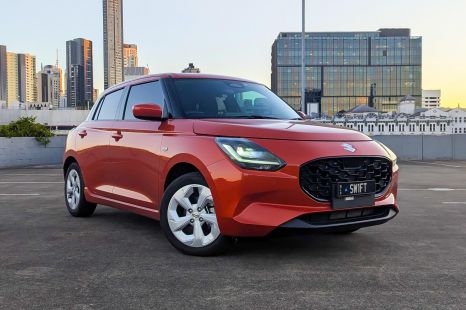

William Stopford
3 Days Ago


Max Davies
2 Days Ago


Josh Nevett
1 Day Ago


William Stopford
21 Hours Ago
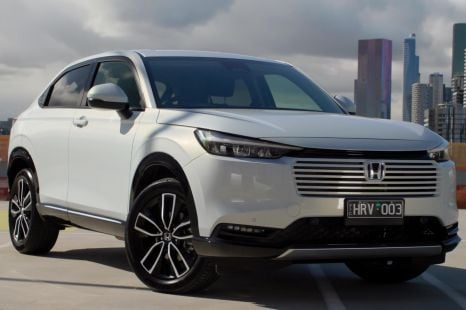

Elle Baillieu
20 Hours Ago